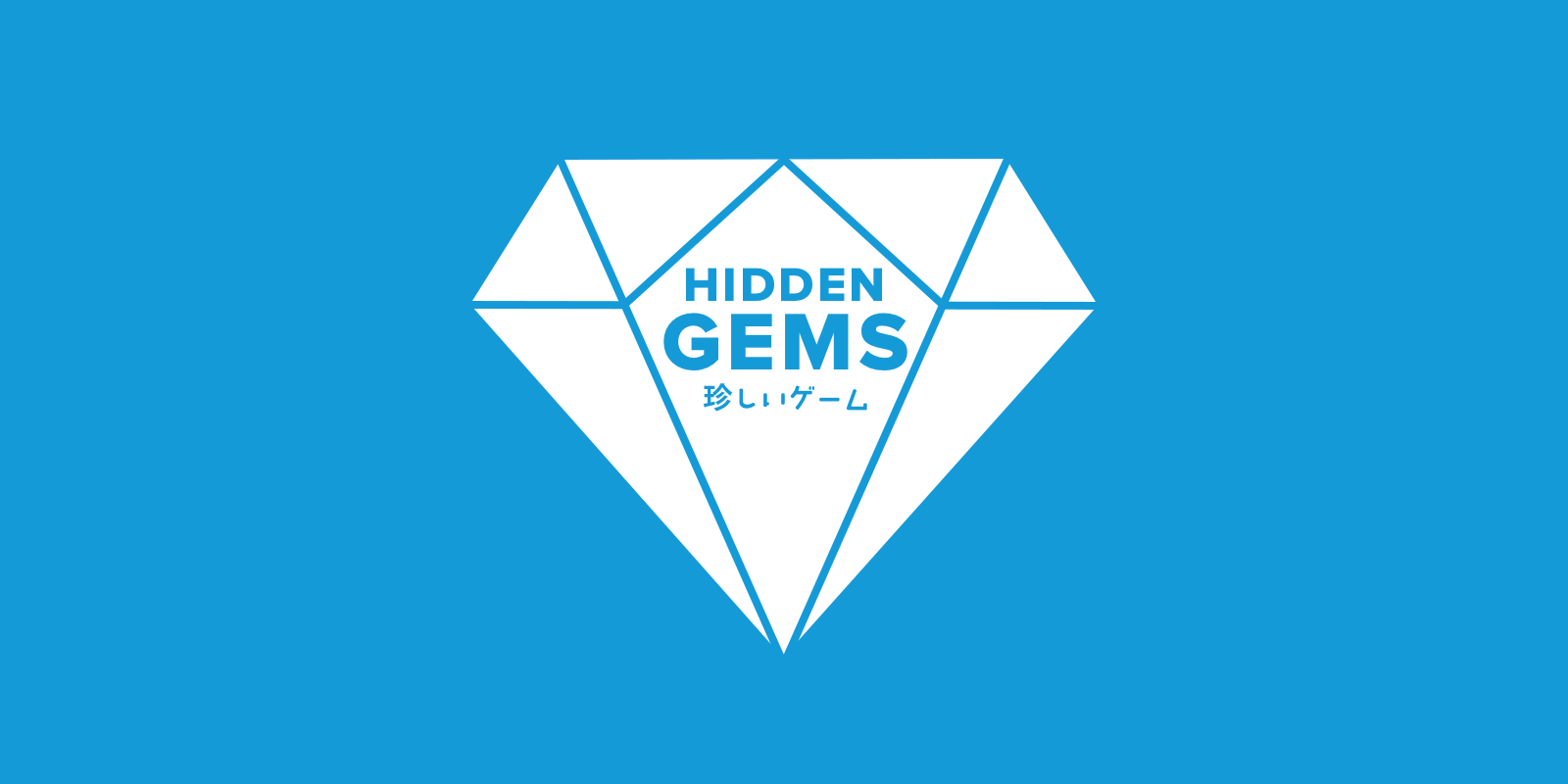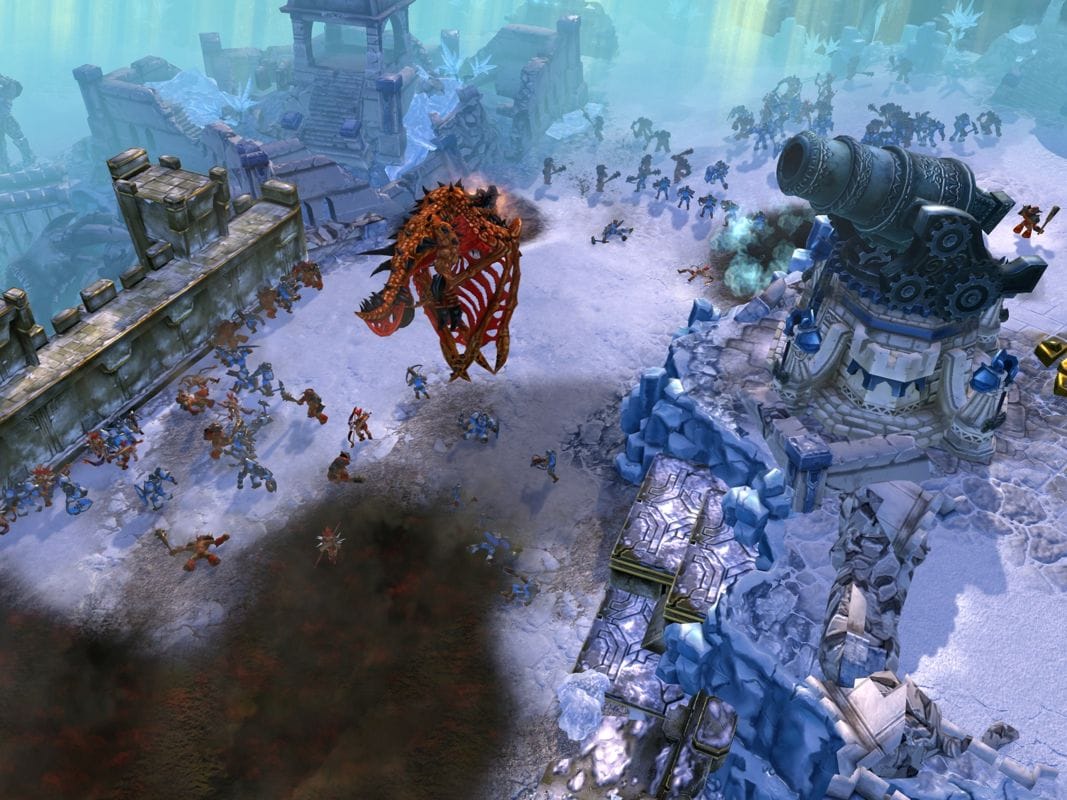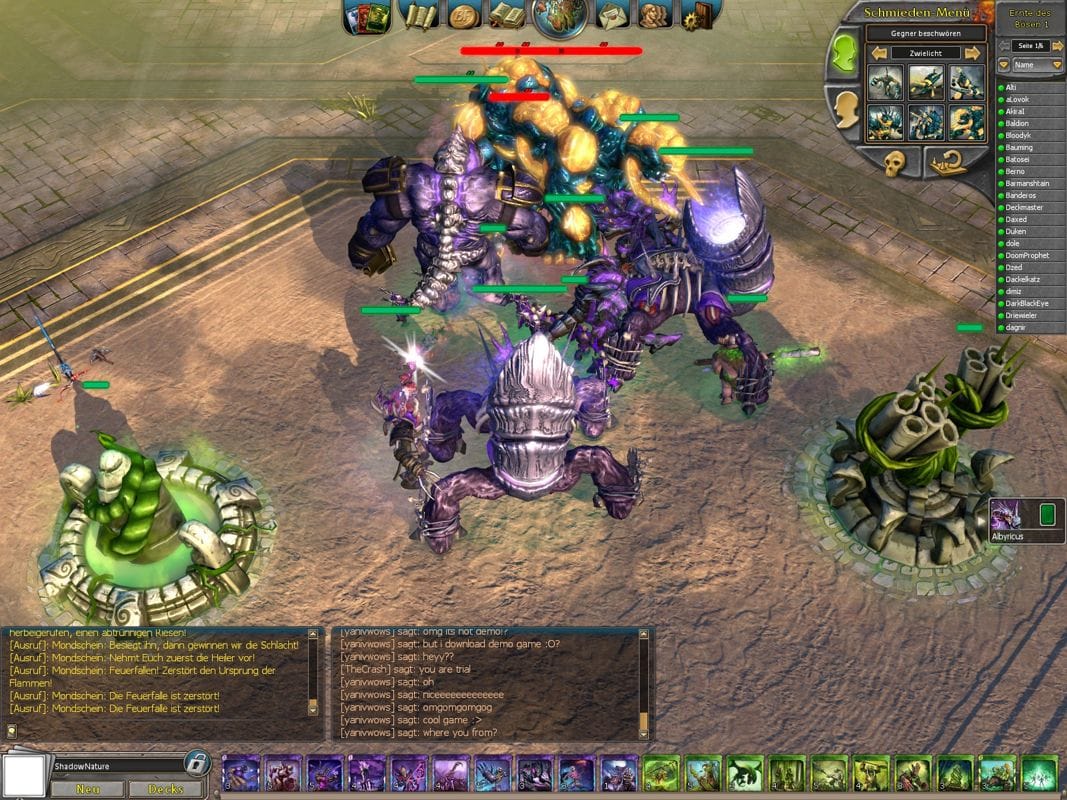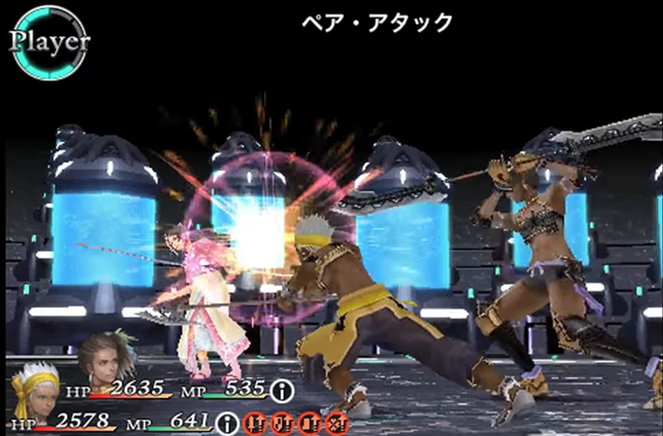Hidden Gems of Game Design Volume 25
Featuring Toy Tactics, BattleForge, and Chaos Rings

Plenty of amazing games go unnoticed and are not played widely for various reasons. Maybe it’s a diamond in the rough, or the marketing wasn’t there, or it could be a game ahead of its time. For this monthly series, I’ve asked my fellow writers on SUPERJUMP to pick a game they think is deserving of a chance in the spotlight. Let us know your favorite hidden gems in the comments.

Josh Bycer
Toy Tactics (2023)
Working on my upcoming book examining the RTS genre has made me think more about the state of the genre and the release of original takes on the usual formula. Toy Tactics was a legitimately original game, but it came and sadly went without much notice in the market.
The concept was to make a very streamlined take on the genre that anyone can play and get into regardless of their skill level. Instead of focusing on heavy macro base building, or high APM (Actions Per Minute) micro play, Toy Tactics is about positioning and planning above all else. Each map provides you with troops and a “General” that acts as your hero unit, both of which can receive upgrades by completing secondary objectives throughout the game.
Controlling your units revolves around drawing lines on the ground. With it, you can draw the path you want your army to take, or create unique formations for your hero and regular units. The RTS maps are more on the puzzle side than they are a straight battle. You’ll need to explore the maps to find the best places to set up defenses, find bonus objectives, and make use of your hero unit to deal with enemies. The campaign is large, featuring different factions with their own units, heroes, and powers to use. As of writing this, the game is still in early access with more content coming.

Unfortunately, there has not been much word of mouth about it. If you’re looking for a hardcore RTS, this isn’t it; instead, it feels more like an RTS for those who aren’t fans of the traditional style. If you’ve been looking for an original take on the design, and aren’t interested in build orders or high APM requirements, then definitely check it out.
Antony Terence
BattleForge (2009)
Now that RTS deck-builders are all the rage, let’s look at one that EA worked on back in 2009. BattleForge combined the hobby of collecting cards and the allure of real-time strategy battles with massive beasts. The sheer variety of unit compositions was incredible, from werewolves and constructs to frost battleships and swamp drakes. These beings had impressive abilities too, from screen-hogging meteors to death rays.
You summon creatures by playing cards you select before a battle. You can’t call the big lads right from minute one, as each card has a power cost, fulfilled by power wells scattered across the map. It’s similar to Dawn of War 2’s base-free resource system and while you can use cards anywhere, placing them away from your power wells would drop them to half their health.
Combat is largely by the numbers outside the usage of spells. There’s a massive power difference between cheap units and the expensive ones in your deck. BattleForge sets itself apart in the troops’ department with a fully customizable deck of colour-coded cards from four schools of magic. Each aspect focused on certain tactics, like Nature’s focus on healing, whereas Shadow relies on sacrificing weak units to deal massive damage.


Source: MobyGames.
Cards cost one to four orbs, usually a combination of a specific colour and any other colour. Capturing a power well lets you decide which colour orb it would grant you. Naturally, sticking to one or two colours enabled the usage of the most powerful characters. Winning missions let you upgrade your cards, granting them stat buffs and new abilities. When it comes to the actual story, it’s pretty bland, relying on a virtual tome and in-game dialogue during multiplayer missions with unique objectives.
The highlight of my time in BattleForge was the 12-player matches split into three four-player maps. Clearing objectives on one map would influence the difficulty of other locations, keeping things interesting. BattleForge had a PvP mode too, letting you challenge other players and their custom decks. Sadly, you can only upgrade your deck with new cards by using BattleForge points.
Staying true to EA’s style, the card game’s paid packs and the auction system involved real money. Two months after its release, the $50 game went free-to-play. I was ten at the time, so all I knew was that I had loads of points to spend on rare in-game cards. Since I got the original paid version, I had 64 cards and 3000 points to spend on booster packs that grant eight random cards for 250 points. While I managed to snag some great cards at random and at the auction, it would have taken a while to craft the perfect deck if I wanted to master PvP combat.
BattleForge tried to master two distinct genres and stumbled in some key areas. The game’s appeal lies in its monsters and approachable resource system, but its uninteresting campaign and micro-transaction environment take away from its strengths. While BattleForge is no more, its heart lives on in Skylords Reborn, a free fan-made project that revives the game’s core ideas.
Julia Hu
Chaos Rings (2010)
Source: Square Enix.
In the early days of mobile gaming, when the 99-cent game ruled the industry, Square Enix shook the market by creating a $13.99 iOS-native game. The result was 2010's Chaos Rings – one of the most expensive, but critically acclaimed iPhone games at the time. The gameplay, story, the Noriyasu Agematsu-composed soundtrack, graphics, and technical performance were all ahead of its time. The game would spawn a prequel (CR Omega), a sequel (CR 2), and a spinoff (CR 3). I played the first three games on my iPod Touch and loved every minute of each of them.
In the original Chaos Rings, you play as one of four couples fighting to the death in a tournament (Ark Arena) to win the prize of immortality. Or at least that’s what you’re told. As with most JRPGs, there are some big reveals and twists along the way as you power up via dungeon crawling and then fight other couples to the death, all while being supervised by a mysterious Agent.
The game encourages multiple playthroughs since each one only explores the backstories and character growth of the couple that you had selected. The characterization and ultimate fates of the other couples will greatly change based on who your playable couple is, and endings and lore reveals are also slightly different in each couple’s playthrough. As a result, you will want to play through the game at least four times to experience the entire narrative. Once you’re done with the story, there is an endgame where you can continue to maximize your dungeon ratings, unlock all weapons, and even fight a secret boss.


Source: Square Enix.
Unfortunately, the developers abruptly pulled the first three Chaos Rings games from app stores just a few years after release due to compatibility issues (CR 3 is still available). Square Enix never fixed the games and decided to pivot towards freemium games for the mobile market instead of further exploring this series. All four games were released in a bundle together for the PS Vita, but then that store shut down in 2021. Today, thanks to game preservation efforts, players can only enjoy the trilogy prequel of Chaos Rings via an emulator, making it truly a hidden gem of mobile gaming.


